Author: Volume Concrete
-

Unlocking the Power of Cement Slurry: Volume Concrete’s Versatile Solution for Modern Construction
Cement slurry, often referred to as neat cement, is a fundamental and versatile material in the construction industry, playing a critical role in ensuring the durability and stability of various projects. At Volume Concrete, we specialize in providing high-quality cement slurry tailored for specific applications, including cellular concrete production, grouting, and other innovative uses. This…
-
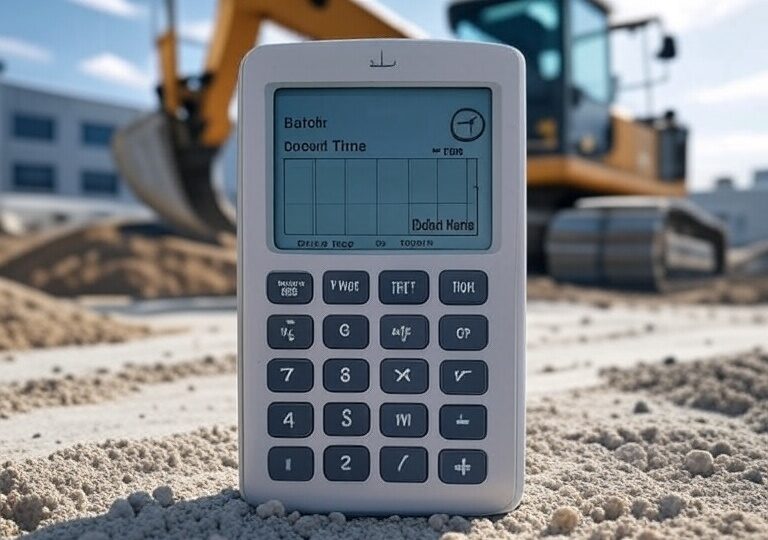
Concrete Mixing Time Calculator
Concrete Mixing Time Calculator Enter your values below and click “Calculate” to find the total time to mix, unload, and wheelbarrow concrete bags. Mixer Capacity (cubic feet): Bag Size (pounds): Number of Bags to Mix: Mixing Time per Batch (minutes): Unloading Time per Batch (minutes): Wheelbarrowing Time per Batch (minutes): Calculate Reference Table: Common Bag…
-
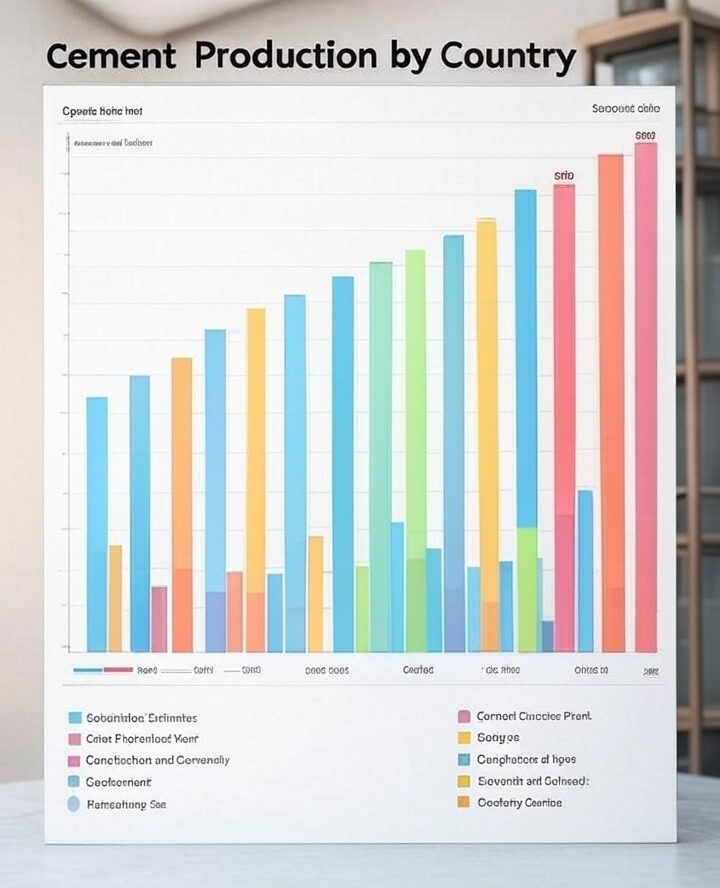
Detailed Analysis of Global Cement Production and Ownership
The global cement industry is a critical component of infrastructure development, with production and ownership structures reflecting economic, political, and environmental dynamics. This note provides a comprehensive analysis of who produces and owns cement worldwide, based on recent data and industry trends as of May 31, 2025. It expands on the key points and includes…
-
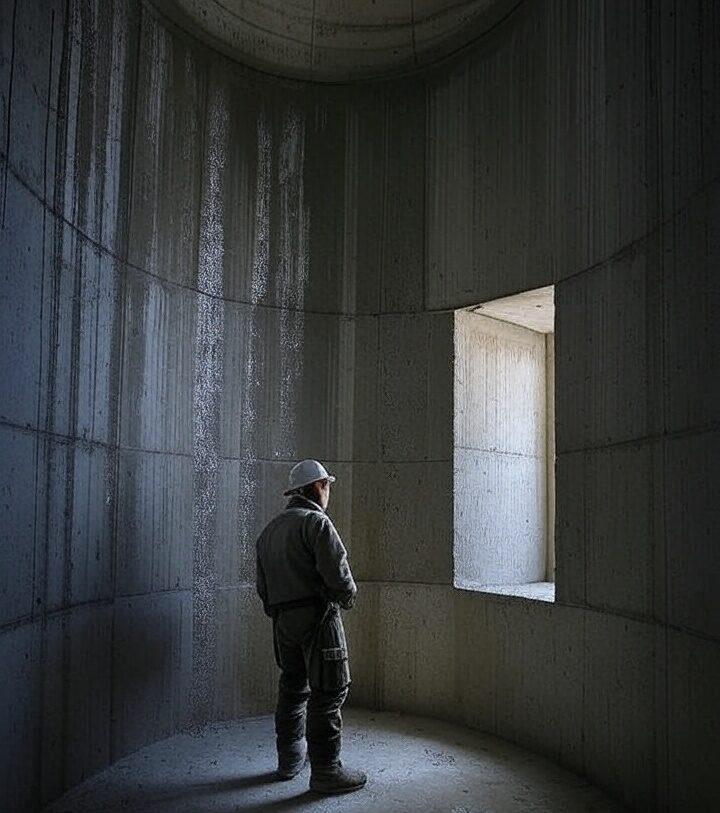
Worldwide Cement Consumption
Global Cement Consumption (1995–2026) 0 1 2 3 4 5 1995 2019 2020 2021 2023 2026 Consumption (Billion Metric Tons) Year 1.39 4.08 4.14 4.36 4.1 4.8 Hover over data points to see consumption values (in billion metric tons). Data rises from 1.39 in 1995 to a projected 4.8 in 2026. Source: Industry reports. Key…
-
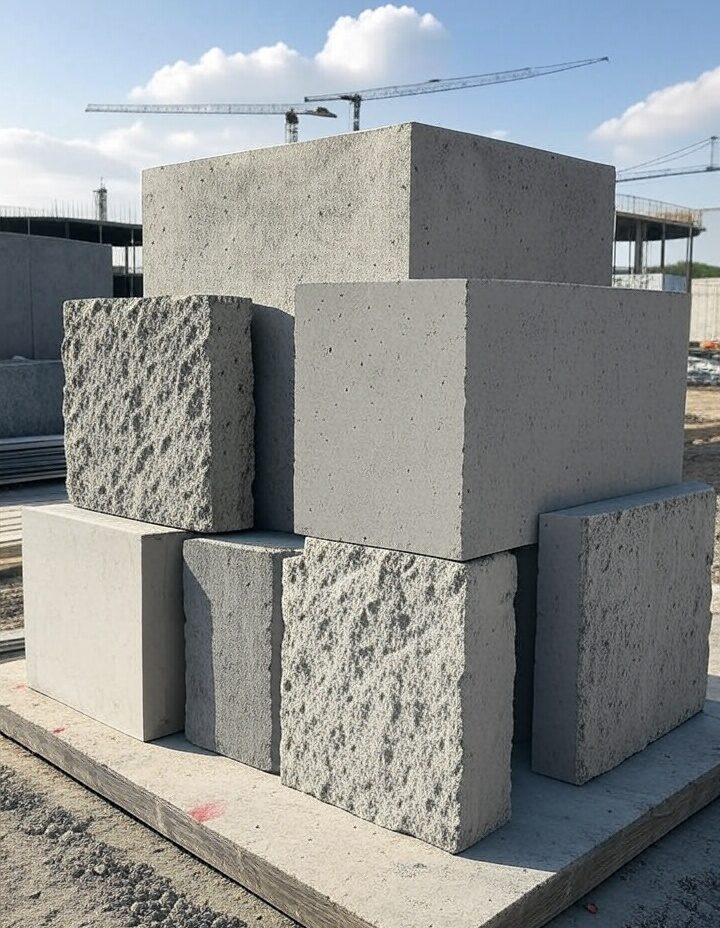
Geopolymer Cement Alternatives
Key Points Geopolymer cements are sustainable alternatives to traditional Portland cement, leveraging waste materials like fly ash and slag to create low-carbon binders. They show promise in reducing environmental impact and enhancing construction durability, but challenges like curing requirements and standardization need addressing. Environmental Benefits Geopolymer cements can cut CO2 emissions significantly, using industrial byproducts…
-
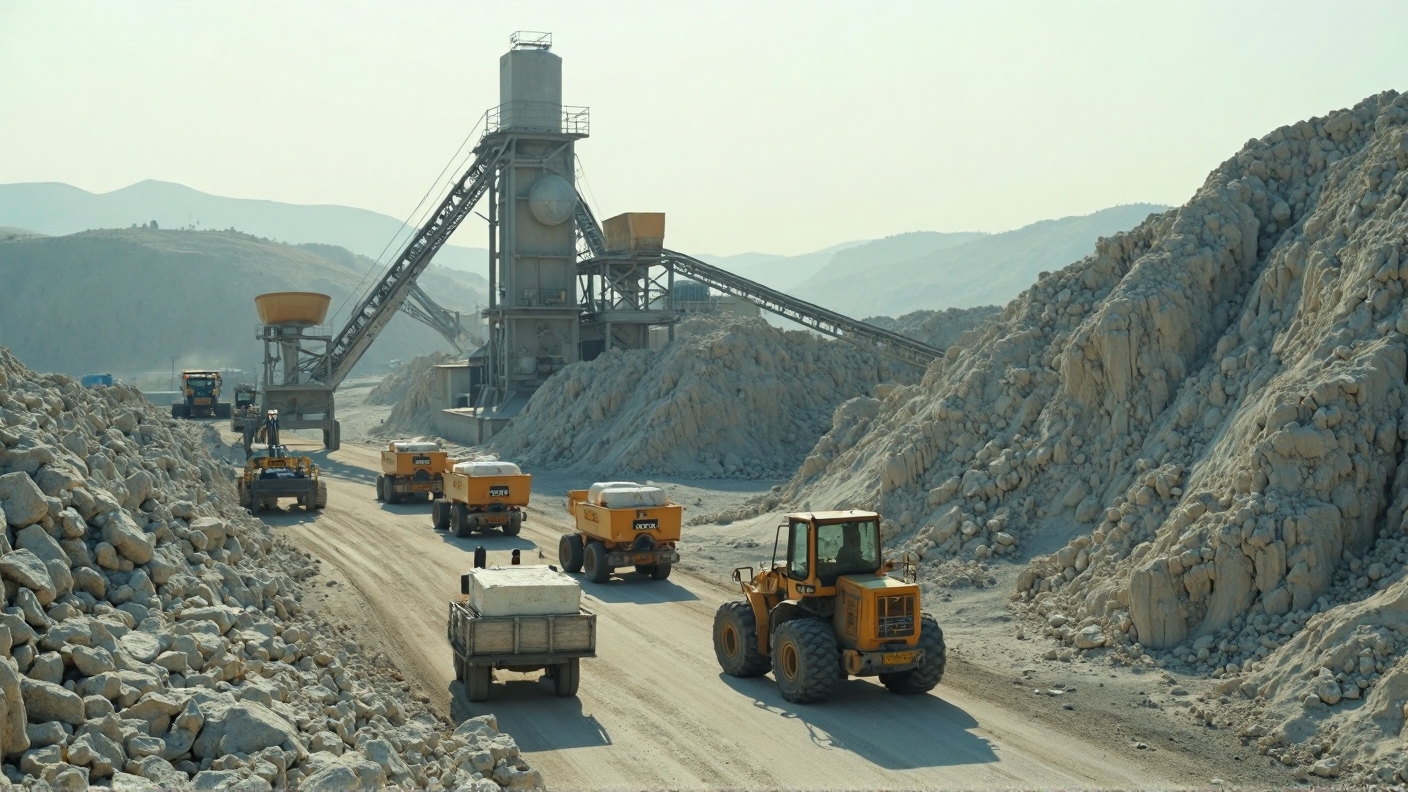
Limestone Calcined Clay Cement (LC3) as a Next-Generation Solution
Concept: Limestone Calcined Clay Cement (LC3) combines limestone with calcined clay to create a low-carbon alternative to traditional Portland cement. It leverages limestone’s benefits while incorporating clay’s pozzolanic properties to further reduce clinker content and emissions. 2. Carbon Capture and Utilization (CCU) with Limestone in Cement Concept: Limestone can be integrated into carbon capture and…
-
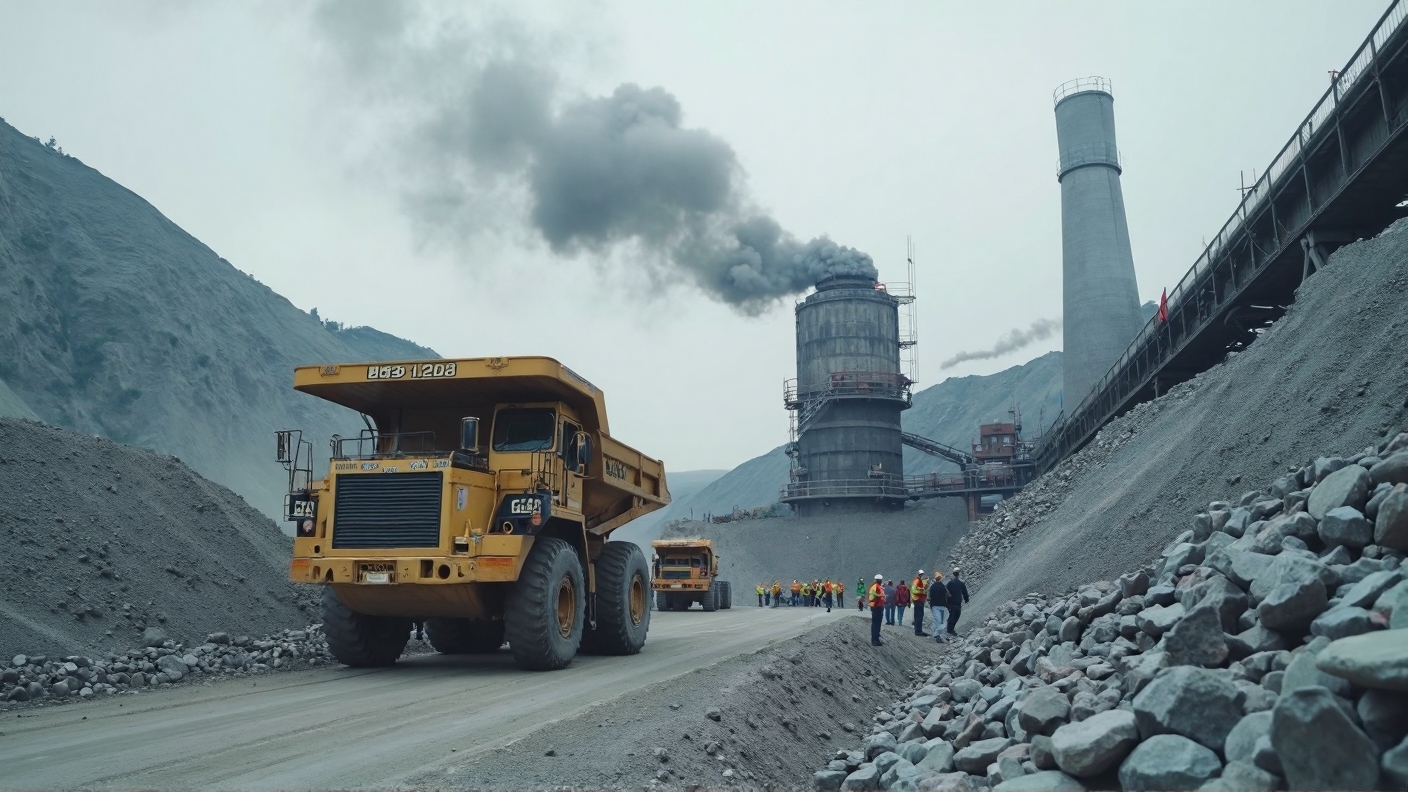
Limestone in Cement: A Cornerstone for Sustainability and Performance
Key Points Limestone plays a crucial role in cement, acting as both a primary ingredient and an additive that boosts sustainability. It provides the calcium needed for cement to bind materials together, forming the basis of concrete. Modern uses, like in Portland-Limestone Cement (PLC), show it can reduce environmental impact and improve cement qualities, making…
-
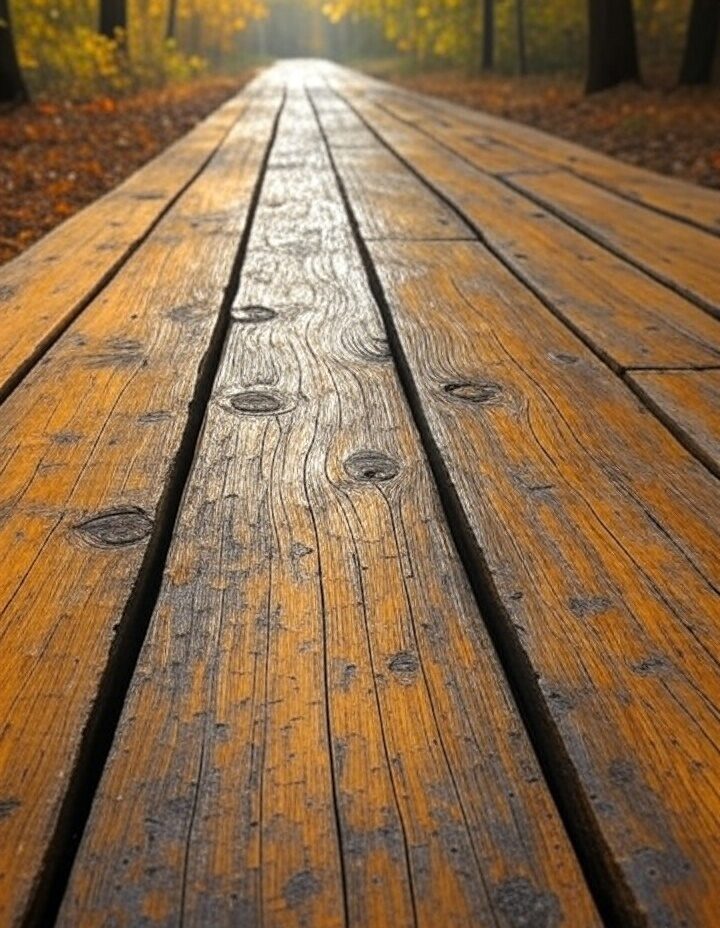
Comprehensive Analysis of Concrete Staining Techniques for 2025
As of May 28, 2025, concrete staining remains a pivotal technique for enhancing the aesthetic and functional qualities of concrete surfaces, particularly for residential projects like driveways, patios, and walkways. This analysis, tailored for small family businesses, explores the main staining techniques, their applications, and the latest trends shaping the industry. By understanding these methods,…
-

Air Entrainment in Concrete: Benefits, Challenges, and Practical Implications
Key Points Air Entrainment Benefits and Drawbacks Air entrainment involves adding tiny air bubbles to concrete, enhancing its resistance to freezing and thawing, which is crucial for cold climates. It also makes concrete easier to work with during pouring. However, it can lower the concrete’s strength, with each 1% air increase potentially reducing strength by…
-

Masonry Calculation Tools
Masonry CMU Calculator – Volume Concrete Masonry CMU Calculator At Volume Concrete, we understand that successful masonry projects start with precise planning. Our Masonry CMU Calculator page is designed to empower contractors, builders, and DIY enthusiasts in the Greater Portland Metro area with a reliable tool to estimate Concrete Masonry Units (CMUs) for walls, foundations,…